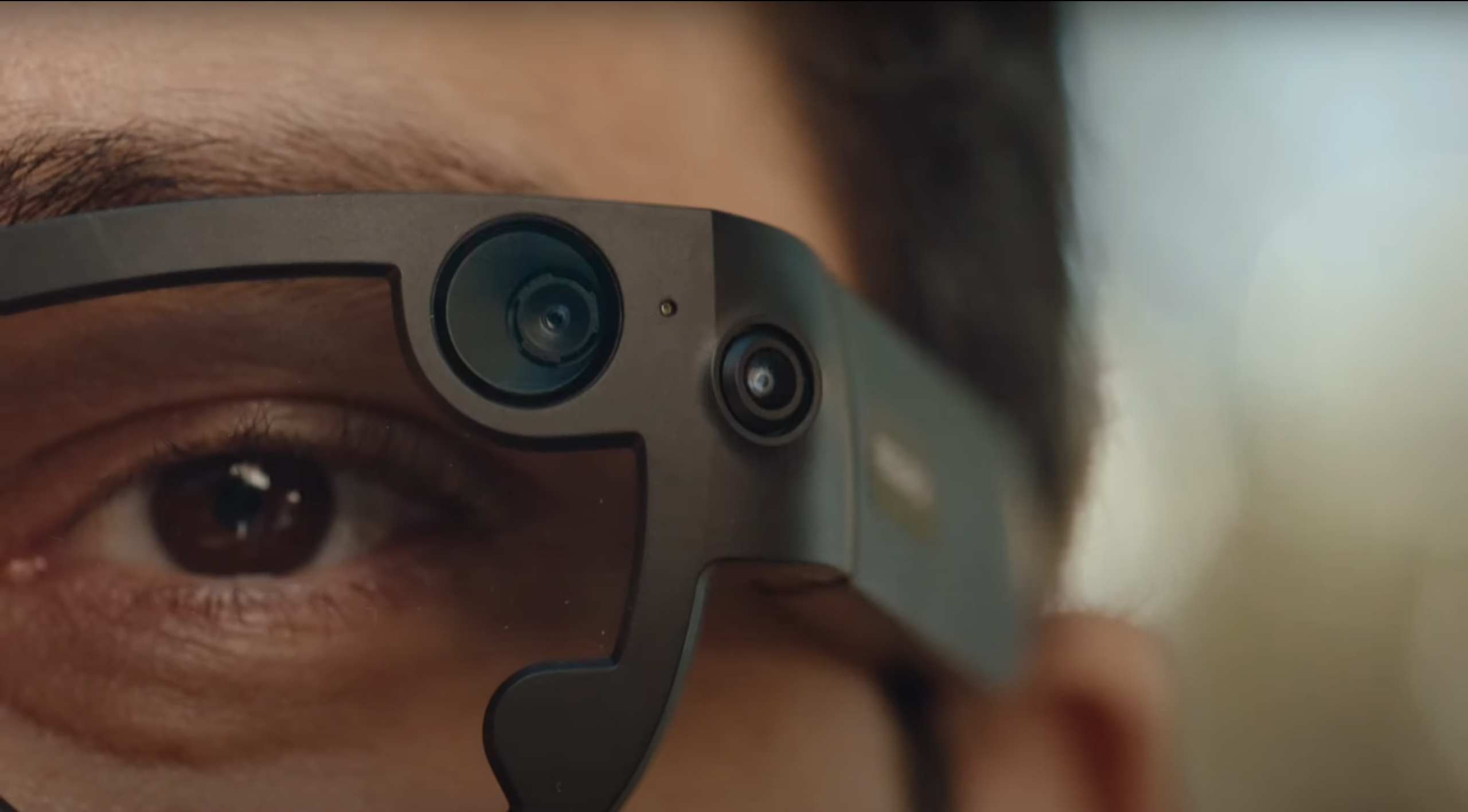
Table of Contents
Overview
Meta’s Project Aria Gen 2 isn’t your average pair of smart glasses; it’s a powerhouse of sensors and on-device AI designed to revolutionize research. Forget consumer-grade features – these glasses are engineered for academic and technological exploration, providing researchers with a cutting-edge platform for data collection and analysis. Let’s dive into what makes Project Aria Gen 2 a game-changer for the future of AI and spatial computing.
Key Features
Project Aria Gen 2 is packed with features designed specifically for research applications. Here’s a breakdown:
- RGB and depth cameras: Capture detailed environmental data, providing a rich visual understanding of the surrounding space.
- Eye-tracking and SLAM (Simultaneous Localization and Mapping): Enable precise spatial awareness and understanding of user gaze, crucial for human-computer interaction studies.
- PPG (Photoplethysmography) sensor: Monitors heart rate, allowing for physiological data collection during experiments.
- Contact microphone: Captures high-quality audio input for environmental sound analysis or user speech recording.
- On-device AI powered by Qualcomm chipset: Processes data locally, enhancing privacy and reducing latency.
- Modular and ergonomic design: Ensures comfort and adaptability for extended research use.
How It Works
Project Aria Gen 2 functions as a sophisticated multimodal sensor platform. The glasses capture a variety of data streams, including video from the RGB and depth cameras, audio from the contact microphone, physiological signals from the PPG sensor, and eye movement data. This data is then processed using on-device AI, thanks to the embedded Qualcomm chipset. The processed data is stored for analysis in privacy-compliant environments. It’s important to note that Project Aria Gen 2 does not include a visual display; its primary purpose is data collection and research, not augmented reality experiences for the user.
Use Cases
The potential applications for Project Aria Gen 2 are vast and varied. Here are a few key use cases:
- AI and robotics research: Provides rich sensory data for training and evaluating AI algorithms in real-world environments.
- Human-computer interaction studies: Enables researchers to understand how people interact with technology in a more natural and intuitive way.
- Augmented reality prototyping: Allows developers to collect data and prototype AR experiences without relying on visual displays.
- Cognitive science experiments: Facilitates the study of human cognition and behavior in real-world settings.
- Spatial computing development: Offers a platform for exploring new spatial computing applications and technologies.
Pros & Cons
Like any cutting-edge technology, Project Aria Gen 2 has its strengths and weaknesses.
Advantages
- High-fidelity sensor suite: Provides a comprehensive range of data for detailed analysis.
- On-device processing for privacy: Ensures data privacy by processing information locally.
- Research-specific design: Tailored for the needs of researchers, with a focus on data collection and analysis.
- Ergonomic and lightweight: Comfortable for extended use during research studies.
Disadvantages
- Not for commercial use: Exclusively designed for research purposes.
- No visual display: Limits its use in certain AR applications.
- Limited availability to vetted research institutions: Not accessible to the general public.
How Does It Compare?
When considering alternatives, it’s important to understand the unique focus of Project Aria Gen 2.
- Microsoft HoloLens 2: While HoloLens 2 includes a display and is geared towards commercial applications, Aria Gen 2 is display-less and specifically designed for research.
- Magic Leap 2: Magic Leap 2 offers immersive AR experiences with commercial SDKs, whereas Aria Gen 2 prioritizes sensor data collection for research purposes.
Final Thoughts
Meta’s Project Aria Gen 2 represents a significant step forward in research-focused smart glasses. While its lack of a display and limited availability might deter some, its powerful sensor suite, on-device AI, and privacy-conscious design make it an invaluable tool for researchers pushing the boundaries of AI, robotics, and spatial computing. It’s a dedicated research platform, and in that role, it excels.

